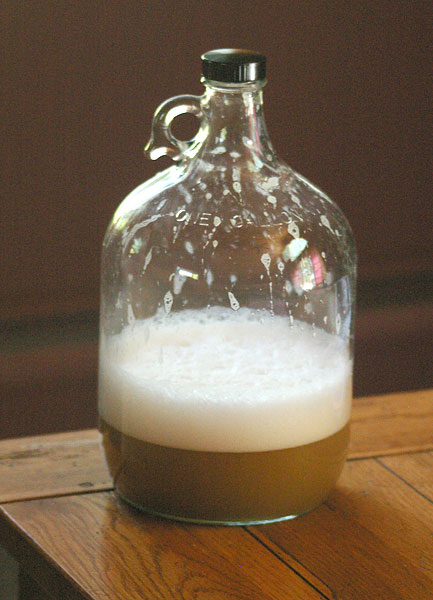mhenry41h
Well-Known Member
Fortunate change of plans for the Golden Strong. I managed to come across a vial of East Coast Yeast ECY09 (Belgian Abbaye), I will do a mixed starter of ECY09 and Brett B Trois and let it run. I cannot wait to brew this.

AmandaK said:Bumpin' it up.
Any updates as to who has brewed this yet?
I have a batch fermenting now. The fermentation appears more vigorous then the batch fermenting with 3711. It smells pretty tropical as it is fermenting.
AmandaK said:Very nice! What was your starter size and did you aerate?


















adc123 said:he probably means he boils and cools in his kettle, then pitches directly in there, maybe into a fridge for temp regulation. I have heard of that before; its just one less vessel to clean. However, kettles need to be extra-clean and sanitary(all the nooks and crannies) to prevent infection.